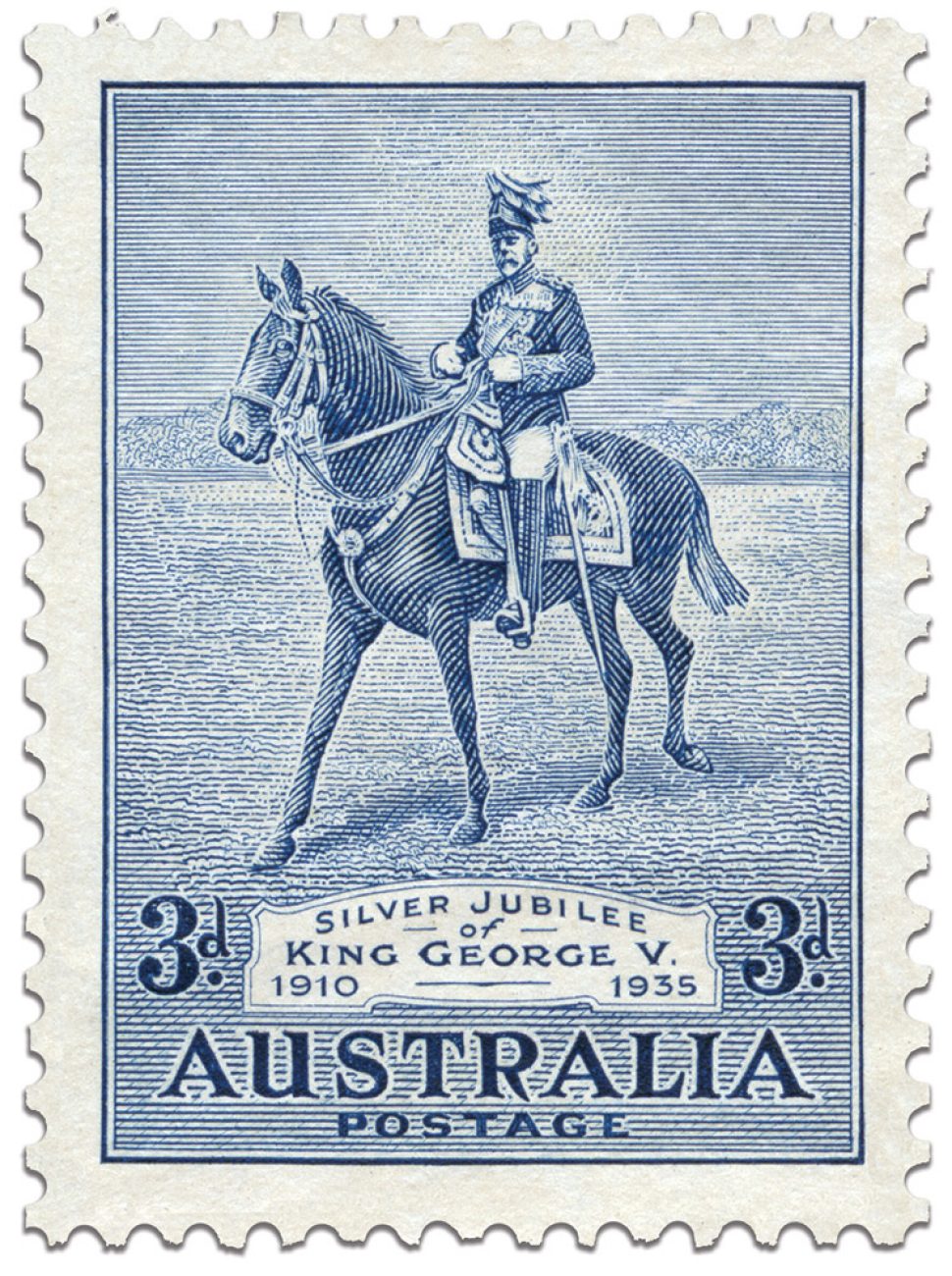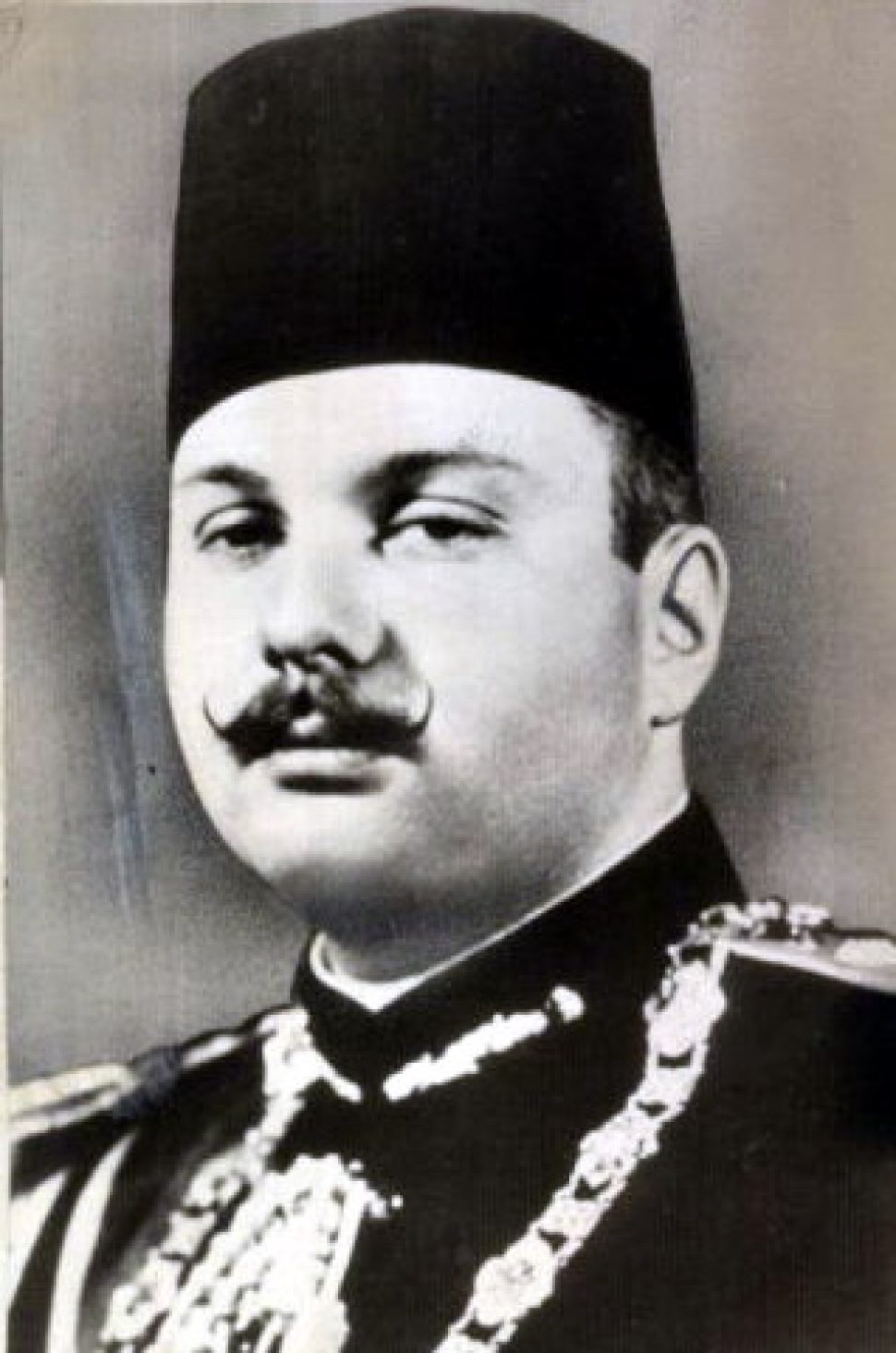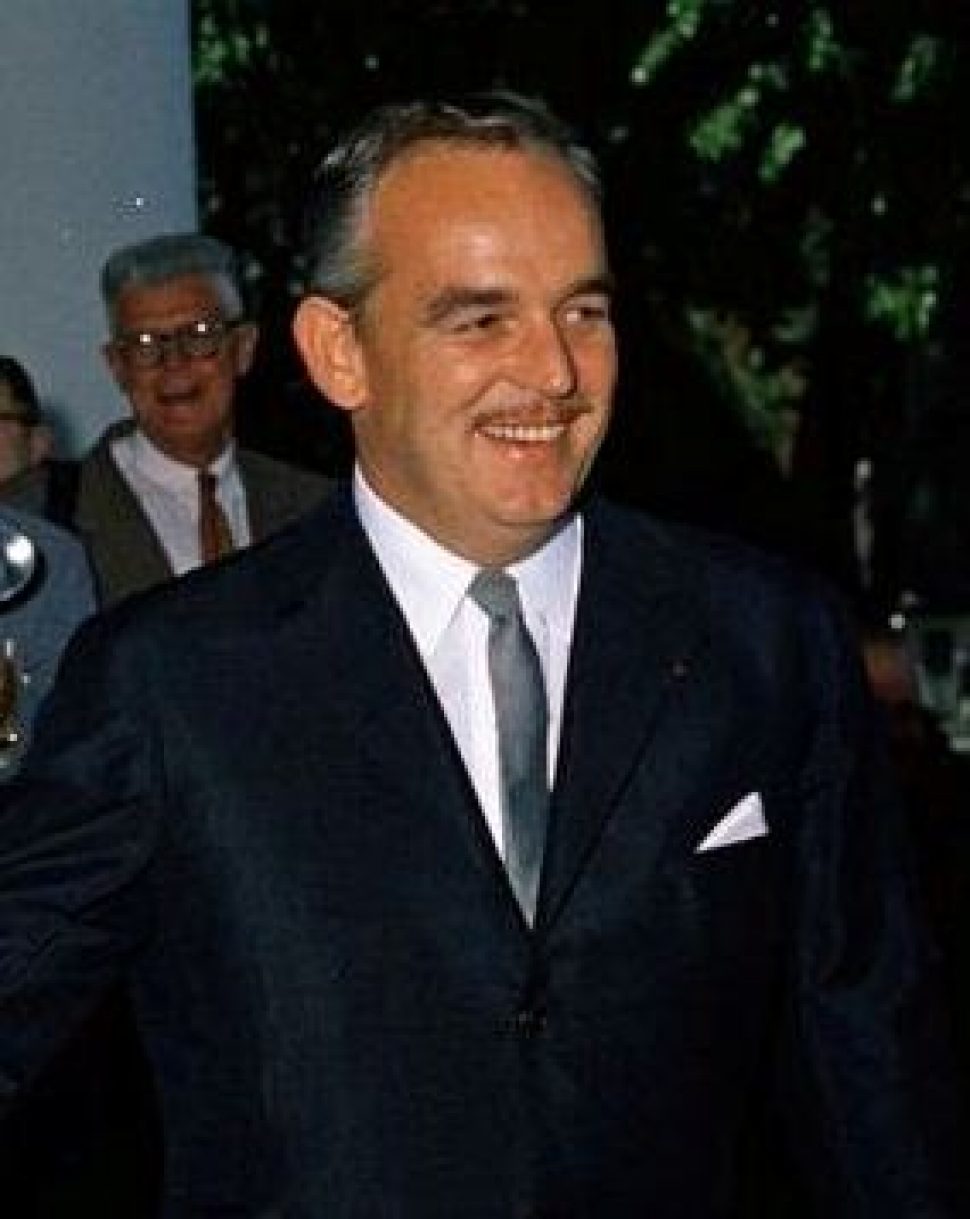Stamp collecting is one of the most popular hobbies in the world. While philately has been called “the hobby of kings”, in actual fact stamp collectors span all walks of life and live all over the world. We thought it would be interesting to list some famous ‘celebrity’ stamp collectors, past and present, ranging from a British King to a King of British pop.
King George V of the United Kingdom and former US president Franklin D. Roosevelt are perhaps the most famous ‘celebrity’ philatelists, in that they not only established significant collections, but also did so much to establish philately as an important and respectable pursuit. But whether those mentioned in this series of articles were childhood stamp collectors, hobbyists or something much more, they all have something in common – the ability to find joy in sourcing and arranging a collection.
In this first article, in our series of three, we take a look at the strong connection between royalty and philately.
King George V and the British Royal Family
In the late 1880s, the then Duke of York (later King George V) started The Royal Philatelic Collection, encouraged into philately by his uncle, the Duke of Edinburgh. King George V had great ambitions for his collection, once writing to the collection’s first curator, J A Tilleard, “I wish to have the best collection and not one of the best collections in England.” And this he managed to achieve: the Royal Philatelic Collection is the finest and most comprehensive collection of British and Commonwealth stamps in the world.
King George V’s contribution to philately was acknowledged when he became the first signatory to the Roll of Distinguished Philatelists (RDP), an international award created in 1921 by the Philatelic Congress of Great Britain. Signatories are honoured for furthering the development of philately through research or expertise.
King George VI was also a keen philatelist and added significantly to the Royal Philatelic Collection, and the collection has also been maintained under the reign of the current British monarch, Queen Elizabeth II. The Smithsonian National Postal Museum displayed a selection of materials from it in an exhibition between 2004 and 2005.The exhibition is still available to view online at the Smithsonian National Postal Museum website.
King Farouk I, Egypt
King Farouk I of Egypt (1920–1965) was the penultimate King of Egypt and Sudan, succeeding his father, King Fuad I, in 1936. He was overthrown and forced to abdicate after a 1952 military coup, living in exile until his death in 1965.
In keeping with his extravagant lifestyle, Farouk was known to collect many things including literature, gold coins and stamps. It is said that King Farouk was particularly fond of stamp misprints. As a result of a hasty exile, Farouk was forced to leave many of his many possessions behind.
The Egyptian Royal Stamp Collection began in 1926 when the government’s Survey Department, based in Cairo, took over the printing of Egyptian stamps. One sheet of each stamp printed between 1926 and 1952 formed part of the collection. Of particular interest were the Royal Imperforate Printings. The entire collection was confiscated after the military coup and sold off at the Koubbeh Palace in Cairo in 1954, by a London auction house. The imperforate printing collection was donated to the Smithsonian National Postal Museum by collector George Lee in 1960.
Prince Rainier III of Monaco
Prince Rainier III of Monaco (1923–2005) is internationally renowned for his stamp collecting as well as his promotion of philately. He was honoured in 2002, three years before his death, with a Smithsonian Philatelic Achievement Award, which honours “outstanding lifetime accomplishments in the field of philately”.
In 1950, Prince Rainier established Le Musée des Timbres et des Monnais de Monaco (The Monaco Museum of Stamps and Currencies), which houses his incredible collection and the collections of his father, Prince Louis II and his grandfather, Prince Albert I. In 1999, he also created and became patron of the Club of Monte-Carlo of the Philatelic Elite, membership of which includes directors of major philatelic museums and major collectors. His aim was to unite major international stamp collectors and exhibit major rarities from their collections in Monaco.
Prince Rainer III of Monaco believed that postage stamps hold national significance, which is why Monegasque stamps feature heavily in his collection, including the most valuable postage stamp from the Principality of Monaco – the 5fr stamp of Charles III. His son, the reigning sovereign of Monaco, Prince Albert II is also a prominent philatelist, continuing a long family tradition.
King Carol II of Romania
King Carol II of Romania (1893–1953) was a controversial character, both in his personal life and for his authoritarian style on the throne. He was twice forced into exile (the second time in part because he wasn’t considered sympathetic enough to Hitler’s war).
King Carol was also a keen philatelist. He was particularly interested in rare stamps, and his collection even included the rare 4d 1854 Inverted Frame stamp of Western Australia. It is said that the sale of his substantial stamp collection was enough to fund much of his life in exile in Spain.
King Carol participated in the 1950 London International Stamp Exhibition’s Court of Honour, where his exhibit of the 1858 circular shaped stamps of Moldavia (Romania) was placed next to the British Colonies exhibited by King George VI.
HRH Crown Princess Maha Chakri Sirindhorn of Thailand
The daughter of King Bhumibol Adulyadej of Thailand is a stamp collector and her collection is said to include many rare stamps of Thailand and various stamp covers that she has posted to herself during her many overseas visits. Bangkok’s philatelic museum includes several displays about her, and portions of her collection are often displayed. One interesting display in Bangkok’s philatelic museum was of covers she had posted to herself from overseas whenever on a visit somewhere.
Part 2: Political leaders
Part 3: Sport stars and pop stars
This article was produced at the time of publication and will not be updated.




